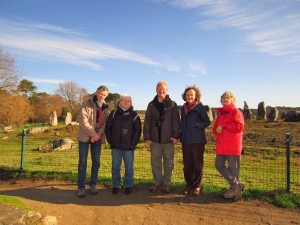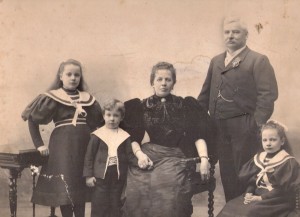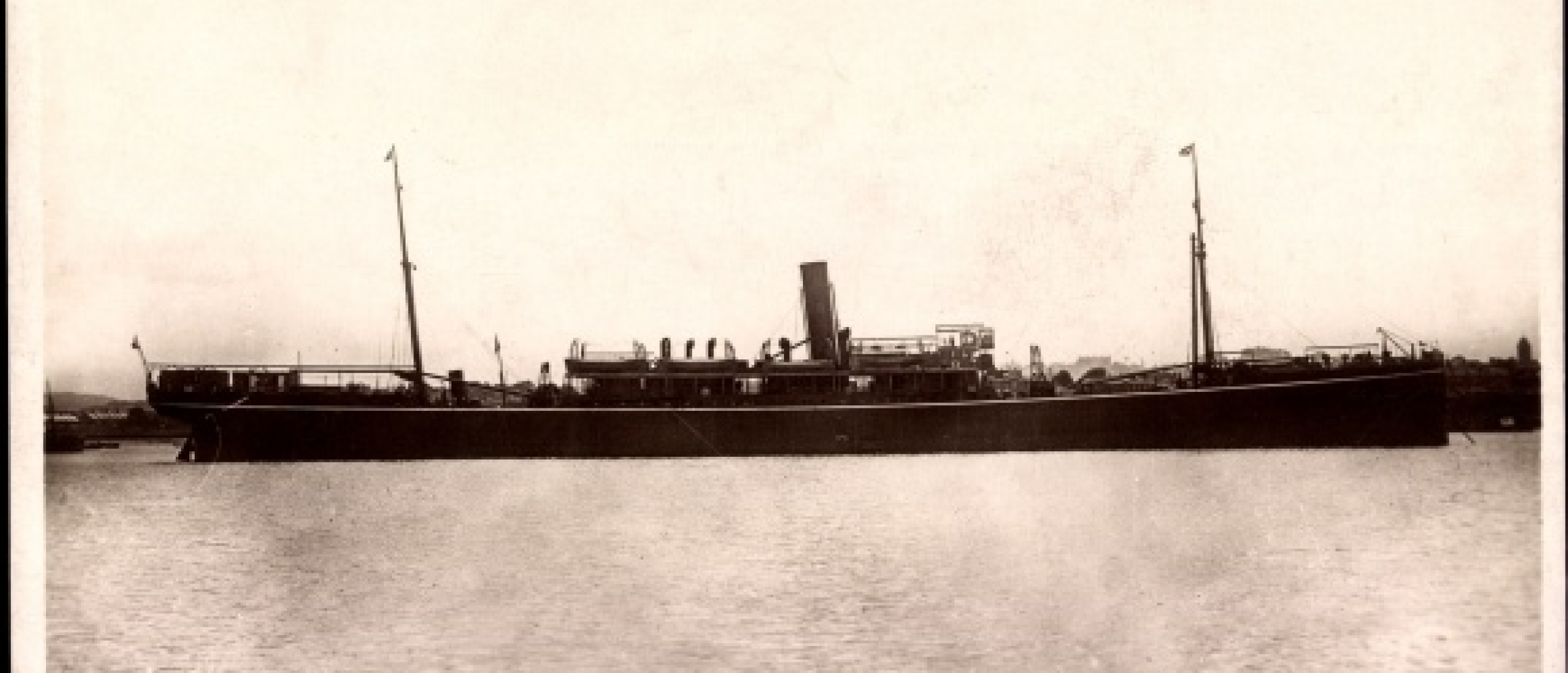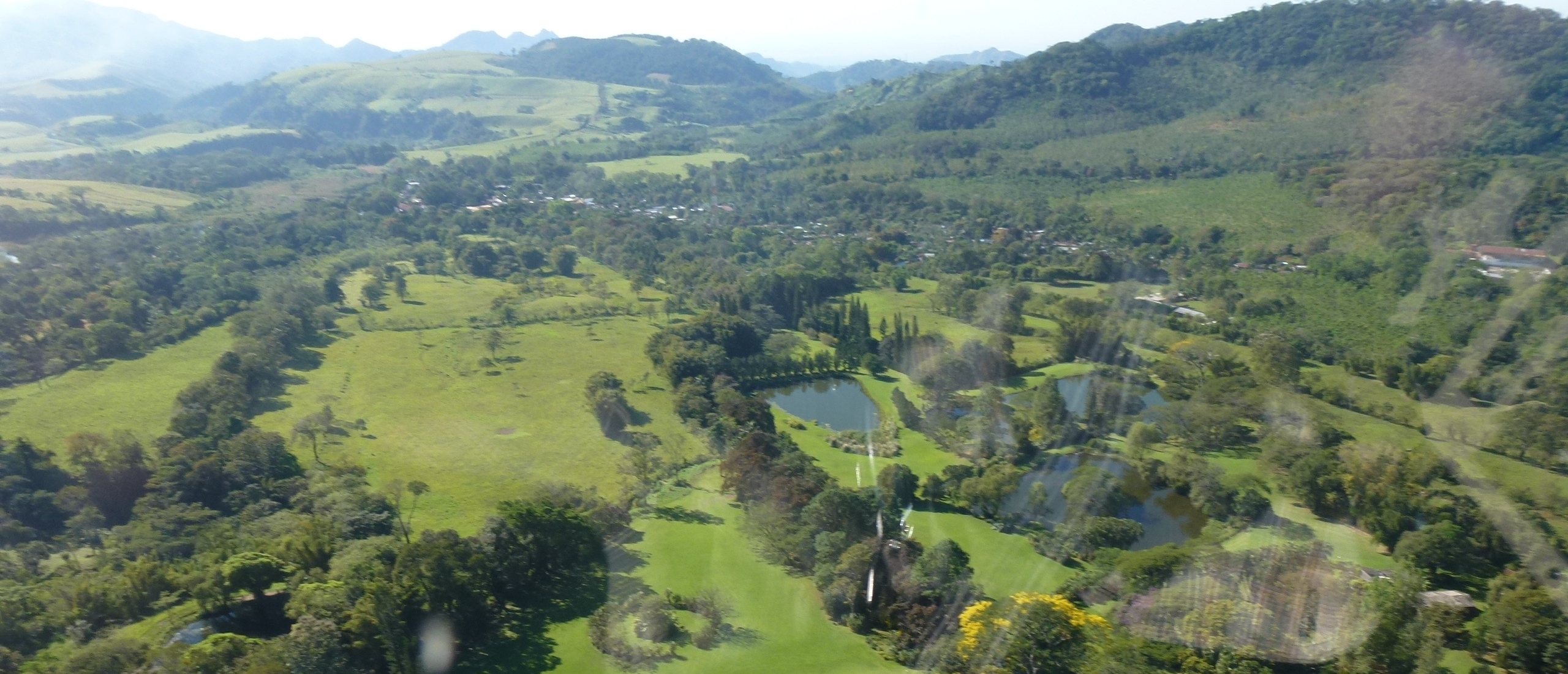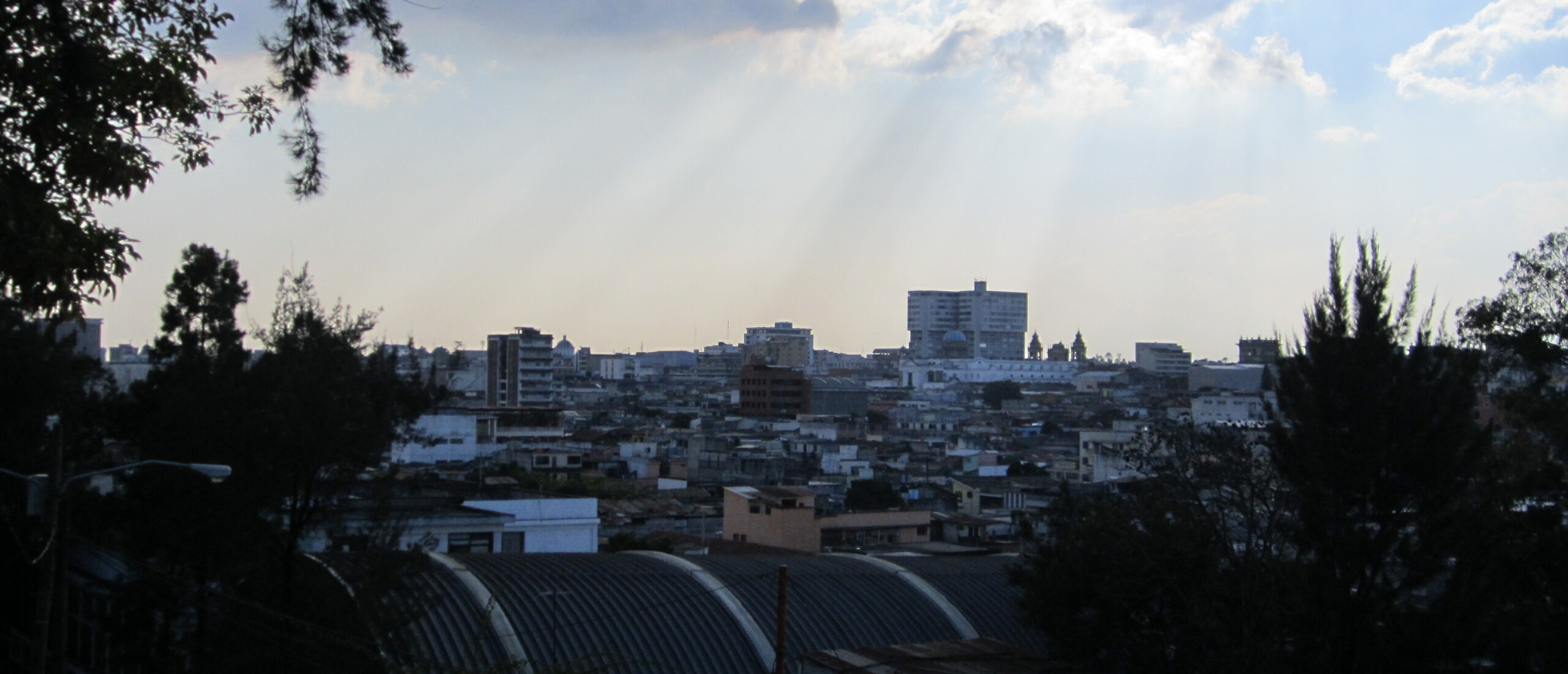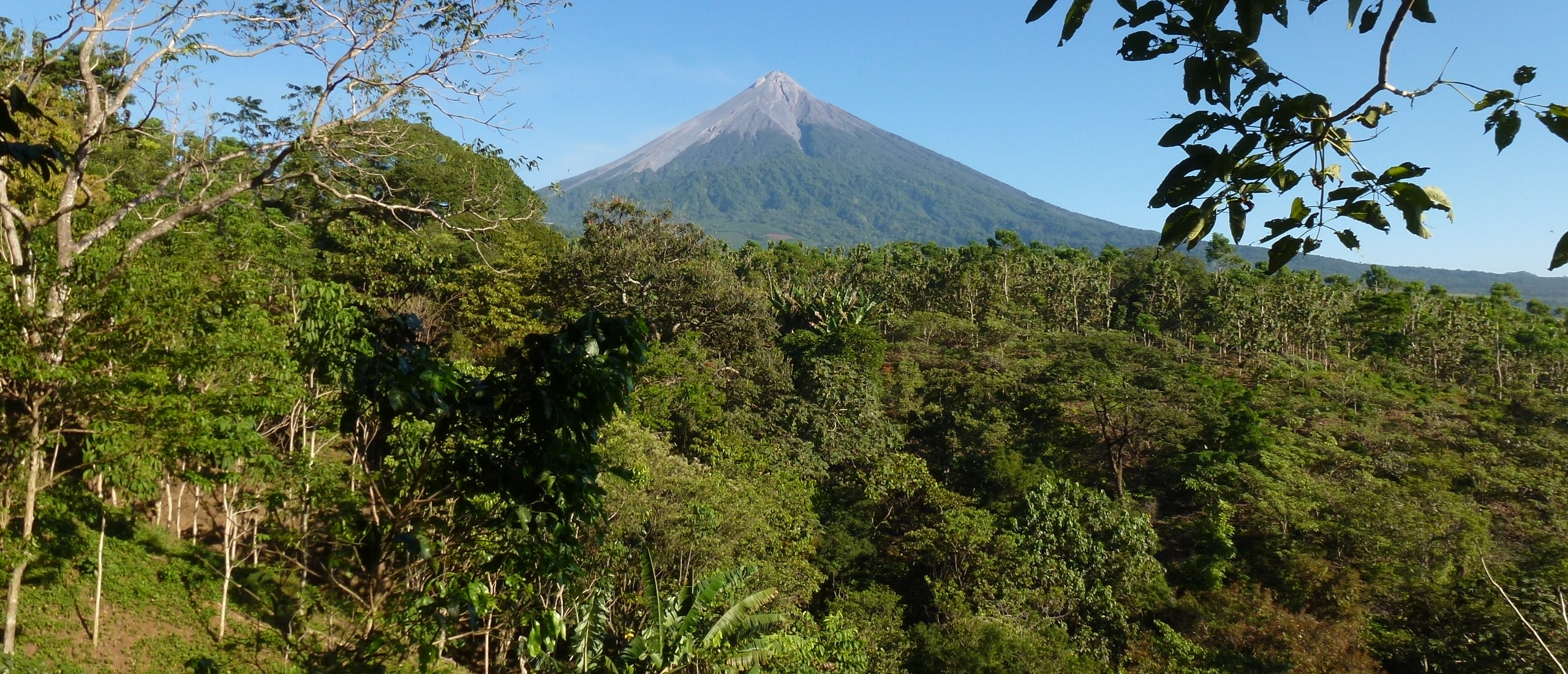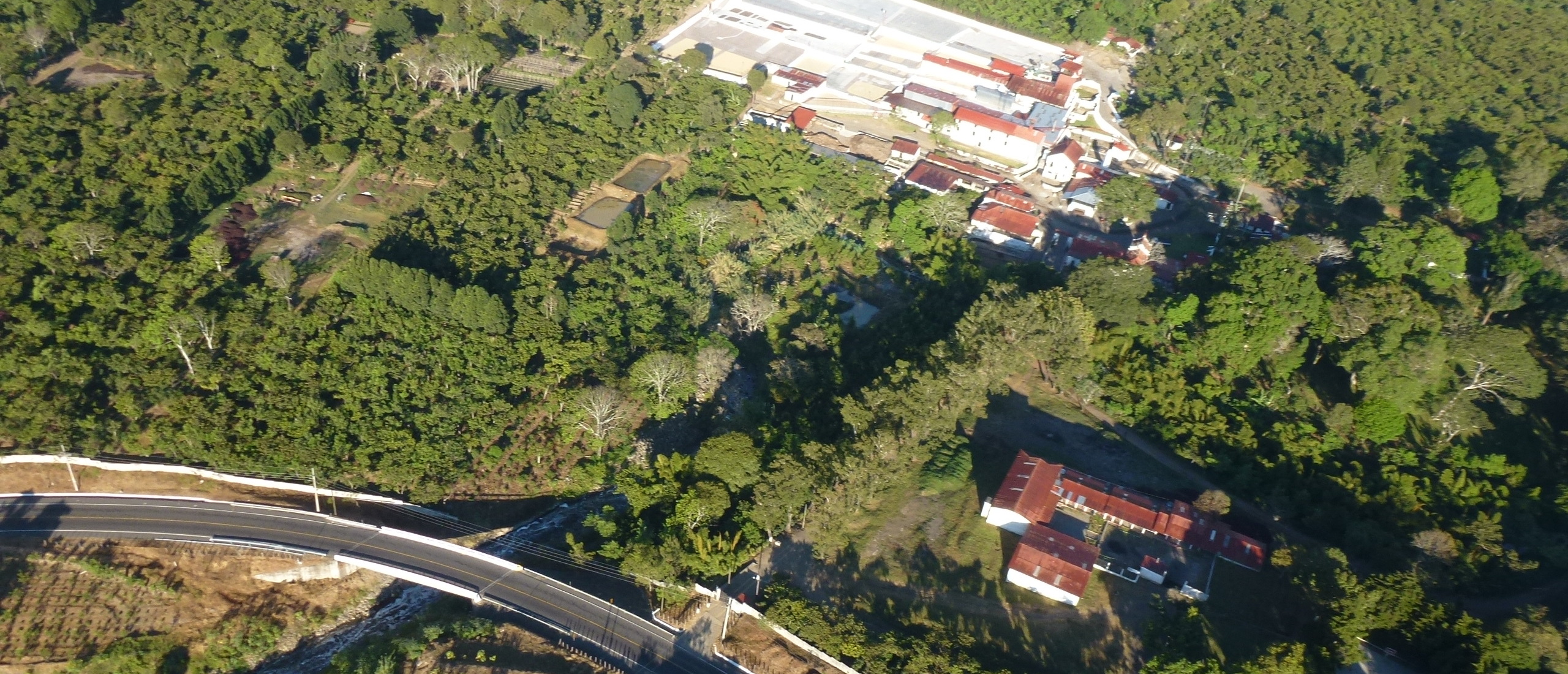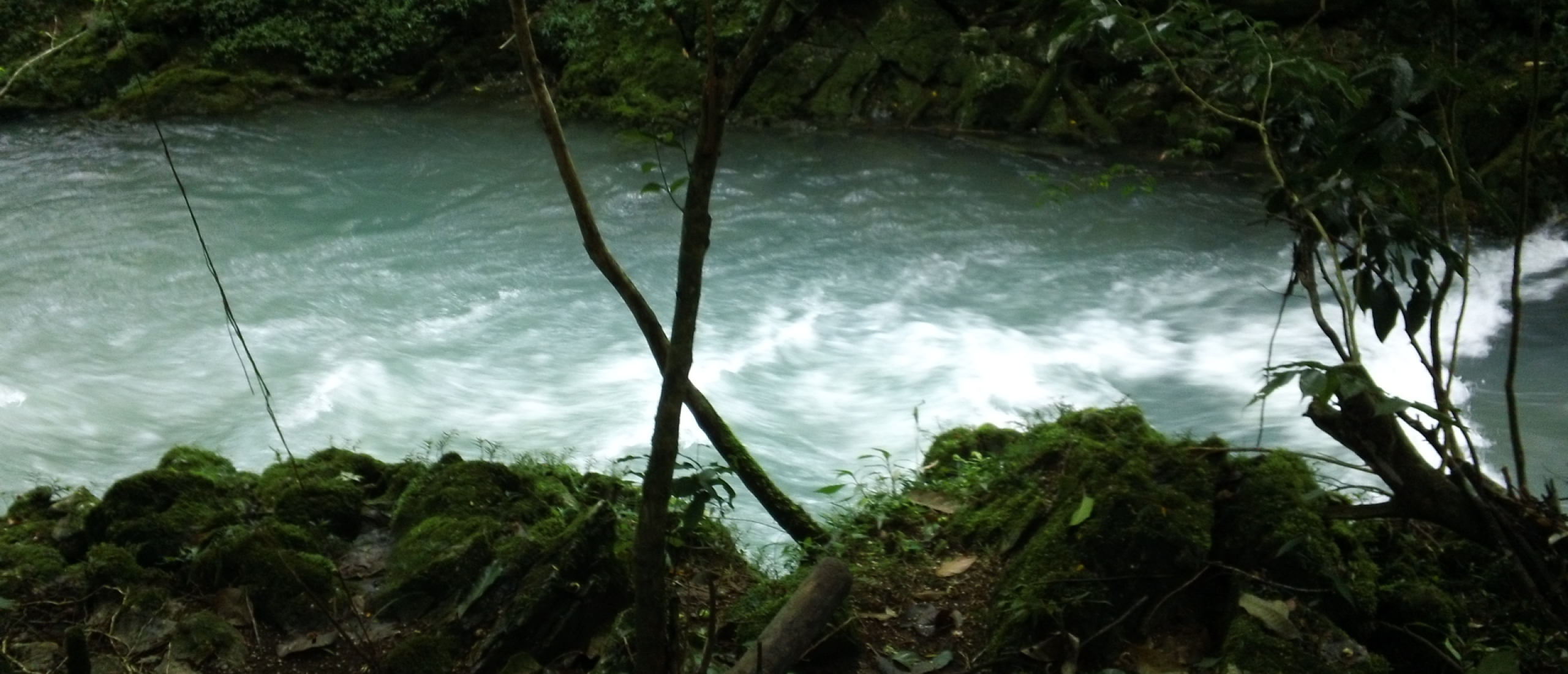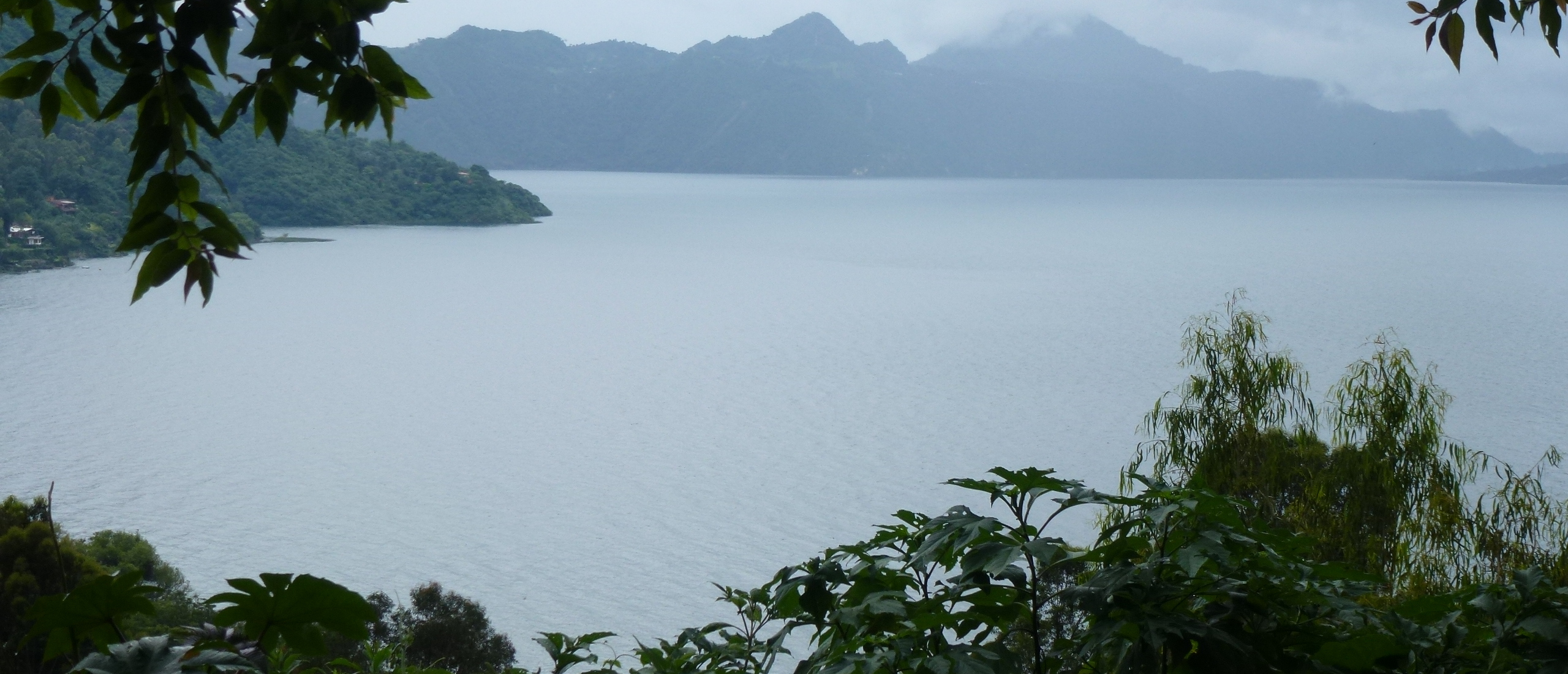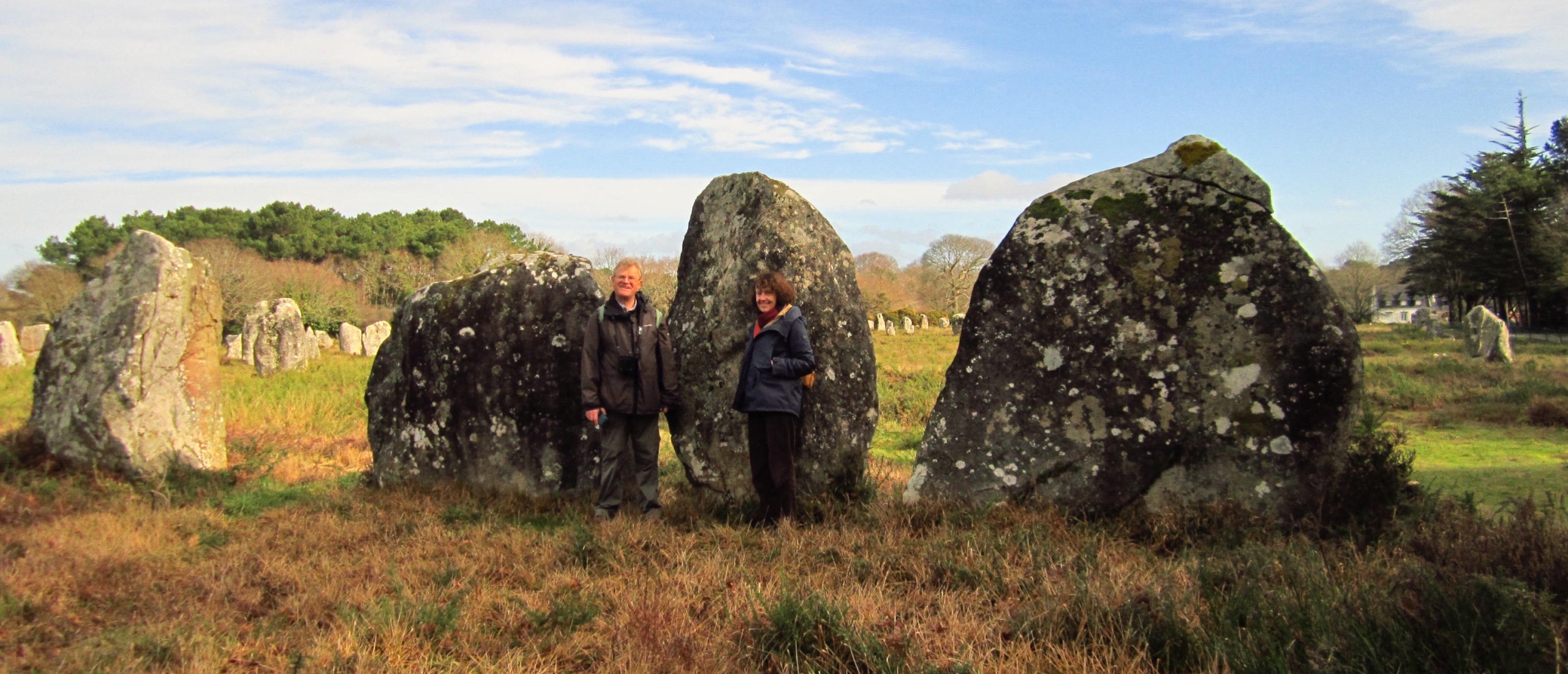
An extraordinary reunion, 138 years on Today, Saturday 4th February 2017, has seen one of the most extraordinary reunions of families that it has ever been my privilege to have experienced. Many of you will remember that I carried out an epic journey in Guatemala and Panama in 2011, in the footsteps of my entomologist great grandfather, George Charles Champion, who had spent four long years between 1879 and 1883 travelling by mule through the wilds of Central America, collecting insects for his employers Godman and Salvin, who were conducting a monumental study of the flora and fauna of Mexico and Central America. George’s first landfall in Guatemala was at the steamy Pacific port of Puerto San José, where he landed off the Pacific Steamship Company ship SS Granada at 04.45 am on Saturday 15th March 1879, in the company of Her Britannic Majesty’s Honorary Vice-Consul Mr John Magee.
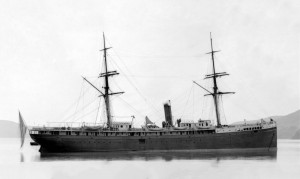 SS Granada, photographed in Otago, NZ, in 1876. Source National Library of New Zealand
SS Granada, photographed in Otago, NZ, in 1876. Source National Library of New Zealand
George lodged with John Magee for several days in the port before departing for Guatemala City by diligence, and they met several times in the ensuing two years, John Magee receiving George’s letters and keeping them for him while George was travelling through the wilds of the Guatemalan countryside on his quests for insects.
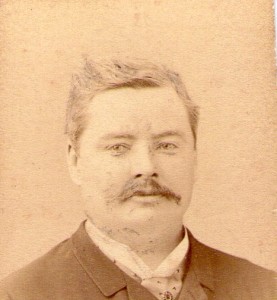 John Magee, HBM's Honorary Vice-Consul in Guatemala. Source: Didier Kuhn
John Magee, HBM's Honorary Vice-Consul in Guatemala. Source: Didier Kuhn
Well, today I had the extraordinary experience of meeting two of John Magee’s great grandchildren, Isabelle and Benoît Kuhn, 138 years after our respective great grandfathers had made each other’s acquaintance on board the SS Granada in 1879.
John Magee was a colourful character indeed, but one whose life had been very nearly cut short prematurely in 1874, when he fell foul of the then President of Guatemala, Rufino Barrios. The best account I have found of the incident that almost ended John Magee’s life appeared in the Panama Star and Herald, May 2nd, 1874: OUTRAGE ON THE BRITISH VICE-CONSUL AT GUATEMALASan José de Guatemala, April 25th, 1874. I have before me the painful task of recording one of the moat unprovoked acts of brutality it has ever been my misfortune to chronicle, and as the circumstances are of such revolting nature, I shall be as brief as possible in the recital. Soon after the arrival of the steamship Arizona at San José de Guatemala on April 24th, news reached us that Mr Moncrieffe, Agent of the Pacific Mail Steamship Company, and Mr John Magee, HBM’s Vice-Consul, had been arrested by order of the Comandante, Colonel Gonzales, and that Mr Magee had been sentenced to receive "400 palos" (lashes) at 4pm. As it was known that Mr Magee represented the British Government, the statement was scarcely credited; but about two hours later Mr Moncrieff was released, and came on board. He confirmed the report, and gave us the following details respecting the arrest: The only known cause, aside from a strong personal dislike, for the arrest of Magee, was a failure to appear on the Muella (pier) before the Comandante when summoned, on the grounds that an injured foot made walking extremely painful. An armed guard was then sent to bring him, "Dead or alive". He was placed on a cart, being unable to walk, and brought to the Muella. On arriving there, the Comandante attempted to shoot him, but was prevented by the intercession of friends. He, however, struck him in the face with the butt of his pistol, also several times with his fists, using the vilest epithets known to the Spanish tongue —a language, by the bye, prolific in expletives— a rather safe operation when surrounded by a brutal soldiery ready and glad to obey any command. He then ordered his confinement, and preparation to be made for administering 400 palos or lashes. As illustrative of the character of Colonel Gonzales, I mention here the circumstance that having brought before the judicial authority of the port a case in which he was financially interested, the presiding Judge dared to render a decision adverse to Colonel Gonzales, the Comandante. The decision of the Court was not only disregarded, but the offending Judge was seized by order of the Comandante, and compelled, half naked, to sweep the streets for two consecutive days. Mr Magee, as HBM's Consul, invoked the protection of his flag; but without effect. Mr James, the Consular Agent of the United States, then prepared a protest in the name of his Government and under the Consular seal, protesting against the proceedings, and at 4 o'clock, just as Mr Magee was about to receive the lashes, he formally presented it; but the Comandante refused to receive it, and announced that he would not only flog Mr Magee, but would shoot him at 8am the following day, and that he would then serve the representative of the United States and every foreigner in like manner. At this point the Surgeon of the Port begged that the Comandante would reconsider the matter; 400 stripes were more than any mortal could bear, and would certainly kill Mr Magee. His reply, coupled with a vile epithet, was "let him die then," and ordered the soldiers to commence. Mr Magee was then partially stripped and laid on the floor, three men being seated on his head and shoulders, and four upon his feet, while two held each arm, and the flogging commenced. It was continued by four soldiers, relieving each other at every 50 lashes — the Comandante keeping the tally himself. By the time that 200 were administered, Mr Magee became insensible. The Comandante's order was then given to place him on a bed in an adjoining room, and let him revive, so that the other 200 might be administered in the morning before shooting him. During the night he was visited repeatedly by the Comandante, who placed the cold muzzle of his revolver, ready to discharge, at his temples, during each visit, accompanying the act with such remarks as, "Don't you think you have lived long enough?"; "Wouldn't you thank me to put you out of your misery?"; "I have ruined myself, and I'll put you under the sand before 1 am", &c., &c. Prior to administering the flogging, the Comandante, fearing that assistance might be brought from the Capital through the friends of Mr Magee, seized upon the telegraph, confined the operator, and placed a guard over the office. During the night, aided by his soldiers, he broke into the business house of Mr Magee and removed all the moneys from the safe, and other valuables. A visit was then paid to the Agency of the Pacific Mail Steamship Company, with the intention of seizing upon Mr Moncrieffe; but that gentleman, being forewarned, escaped with his valuables to the woods. The night, that is such portions of it as were not devoted to threatening Mr Magee, was spent in pillage and a drunken orgy among his soldiers. Mr Moncrieffe, after effecting his escape, proceeded toward the Capital, with the hope of intercepting and hastening relief — a private courier was despatched early in the day. At near morning, he met General Solano, with about one hundred men, six miles from San José — the courier having reached a telegraph station and despatched his message. All possible haste was made to the port before the Comandante could carry out his designs. At eight o'clock Mr Magee was again prepared to receive the other two hundred stripes, and just as the order was given to commence, a soldier on the balcony saw the approaching force of General Solano, and notified the Comandante. Mr Magee, seeing a gleam of hope, begged the Comandante to desist, and to escape on board the Arizona, promising him letters of introduction that would ensure his safety in Salvador. The United States Consular Agent, Mr James, echoed Mr Magee's advice, promising to place him on board. The proposition was accepted, the letter written by Mr Magee, and handed to the Comandante, who, as soon as he received it, ordered his soldiers to fire upon Mr Magee, but his soldiers knowing his downfall to be certain, refused to obey the order. He then made all haste to reach the Arizona, and as he left the Muella in a small boat, accompanied by the United States Consular Agent, General Solano entered the town. On arriving alongside the Arizona, Mr James came on board; he was followed by the Comandante, who only reached about the middle of the gangway ladder when he was shot by some unseen hand, the ball taking effect in the abdomen, producing a mortal wound. He, however, managed to reach his boat and escape toward the shore. Two other shots were fired by parties unknown, one of which took effect in his shoulder. One or two shots were returned from the boat, but fortunately without effect. Though we cannot approve of the manner in which the world has been rid of an inhuman monster, nevertheless the fact is patent to us that the world is benefited by the removal of such a brute. I have now only to add that Mr Magee will doubtless fully recover from his physical injuries, but his nervous system has received a shock that will require many years to efface. The imagination fails when it attempts to picture a "night of terrors" worse than that endured by Mr Magee. My first link with the Magees/Kuhns had come on 20th April 2014, when I received the following message from a cousin of Isabelle’s, Didier Kuhn: Dear Mister Champion, Congratulations on your work and website, which is very interesting, even if I’m not an entomologist! But something is really amazing to me: I was doing some research on the web about my great grandfather John Magee, and I found your page 32! Even if I knew the story because my father told it to us, I never read the New York Times article! So, I am the seventh child of René Kuhn, son of Pierre Kuhn and Jeanne born Magee, daughter of John Magee and Benonie born Duteil. John and Bénonie had three children: Willy who died young from being kicked in the belly, Lizzie who was a nun in France and who I knew, and Jane, my grandmother. Pierre and Jeanne had four children: René my father, François, Philippe et Geneviève. They are all dead now. I have cousins in Guatemala, named Estrada-Duteil, also descendants of the Duteil family; they have interesting pictures and paintings of the family. Well, I'm hoping this little story will hold some interest for you. If it does, I will be happy to continue this conversation with you, and for example send you a photograph of my great grandfather, who knew yours well, as it seems! Best regards. Didier KUHN The article referred to appeared in The New York Times, on January 16th, 1900: JOHN MAGEE IS DEAD San Francisco, Jan. 15th. There died in this city to-day John Magee, who is credited with having caused the guns of two British men-of-war to turn on the city of Guatemala twenty-five years ago, compelling the Guatemalan government to pay $50,000 to Mr. Magee, who at that time was acting as the British Consul in that country. Magee incurred the hatred of Rufino Barrios (then President of Guatemala), who, it is reported, hired some thugs to thrash the Consul. Magee was waylaid and beaten. The British Government, through the Consul, demanded $50,000 and kept the guns of the British warships trained on the city until it was paid. Magee invested the money in paying property and died a millionnaire. Mr. Magee arrived in this city from Paris, en route to Guatemala, on Jan 6th, and was taken ill with liver complaint. His family is in Paris.
Isabelle told me that after the death of John Magee’s son, the two girls were left effectively as orphans in Paris. As they had British nationality, they were shipped off to the UK, where their money was mismanaged or misappropriated, leaving them no longer wealthy. One became a nun, and the other, Jane, married Pierre Kuhn, from Alsace, allowing the family to continue. One can never believe that an apparently prosperous and stable family can be brought to its knees so quickly, until it happens. Luckily the Kuhns are now thriving again, and the historical legacy of John Magee lives on. I have not yet had the chance to meet Didier, but my extraordinary meeting with these two other descendants of John Magee came about due to the fact that Isabelle had also come across my own online diary entry for 24th September 2011, in which I described my visit to the rusty, defunct pier at Puerto San José in the company of my wonderful guide in Guatemala, Luisa Zea, and three other friends.
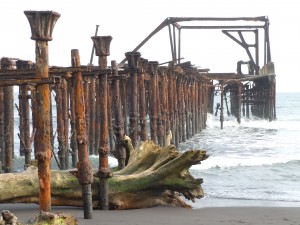 The rusty pier at San José photographed by Luisa Zea in 2011
The rusty pier at San José photographed by Luisa Zea in 2011
Isabelle sent me the following mail on 24th April 2016: Hello James Champion, Who are you and where are you? John Magee was my great grandfather! My grandmother was his daughter, Jane Magee... I responded to this, and received the following reply: Hello James, I discovered your answer only a few days ago...So, it seems that your great grandfather and mine (John Magee) were friends? Or at least knew each other quite well! It was very surprising for me to discover his story related in your blog as I was looking around to find if ever his name and existence would appear on the internet! How strange. Of course I am part of those generations who never had the chance to have known their great grandfathers and grandmothers, who died rather young; so the story of John Magee, that we perfectly know in our family, as it has been recounted to us by our fathers and grandmother, seemed to be far away in time; to discover it on the internet makes it much nearer and real! The story of John is rather adventurous and I have not the time to tell all of it today (suspense...!). But, for the moment, and to present myself, I'll just tell that he had three children: Jane, my grandmother, Lizzie, and William. Only Jane married (with Pierre Kuhn) and had children: one daughter, who never married, and three sons: François, my father, René and Philippe, all French. And those three sons have given birth to 24 children, of whom I am one... The rest of the story later on... Best regards Isabelle And so it was that a member of the Champion family and the Magees (Kuhns) were reunited, 138 years after their great grandfathers had first met, and the most extraordinary little extra detail, which somehow symbolized our respective far off family links with the distant Central American republic of Guatemala, was that the seat covers in the restaurant in which we had lunch together in the Breton town of Carnac were made from reused sacks of coffee from….Guatemala. The story had come full circle.
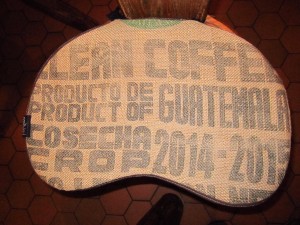 The seat covers were made of coffee sacks from Guatemala
The seat covers were made of coffee sacks from Guatemala
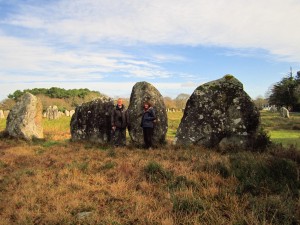 Isabelle and myself among the stones of the Alignements de Carnac
Isabelle and myself among the stones of the Alignements de Carnac


